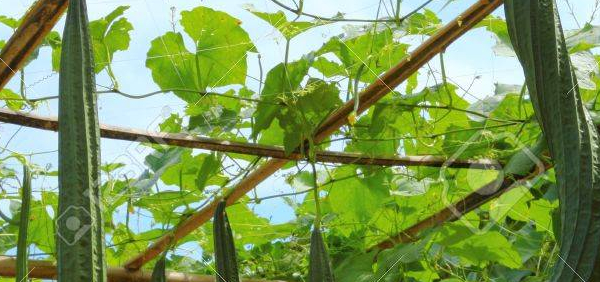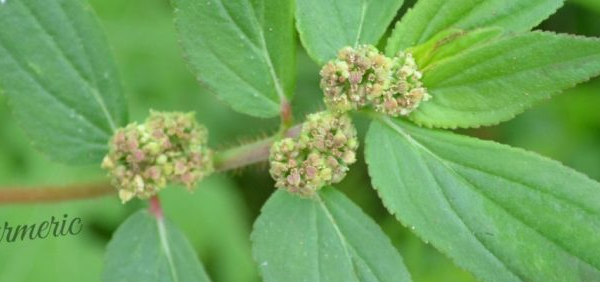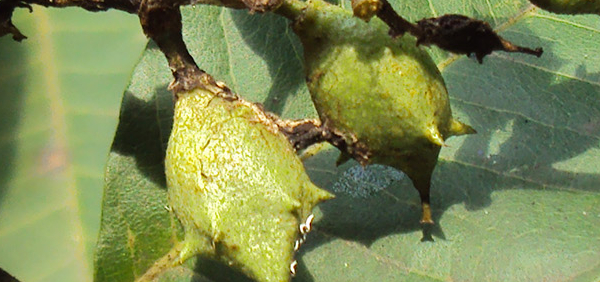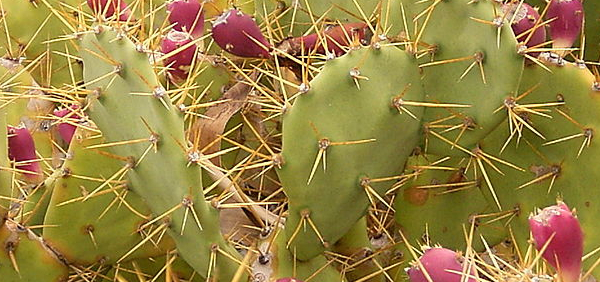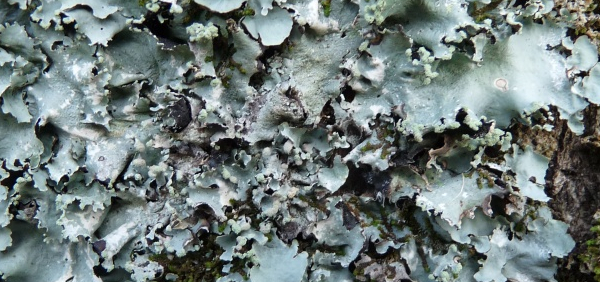plava:

General Use:
The tubers are credited with astringent, diaphoretic, diuretic, dessicant, cordial and stomachic properties. A decoction of the tuber is used for washing hair, treating gonorrhea and syphilis. It is also given in diarrhea and for general weakness.Therapeutic Uses:
This astringent plant, sharp in taste with cooling properties, induces perspiration, urination (and constipation). Root: Tubers used for phlegm, bile, fever and bowel problems. Their use protects against loss of appetite, thirst, burning sensation, and asthma. Tuber paste given orally or applied externally provides a remedy for venomous snakebites. The paste is also used for nausea, gastric ailments, sour stomach, swollen limbs, itching, leprosy, herpes, and scabies. Combined with a bit of salt, the paste is used as an antidote for poisoning caused by ingesting the wrong medicines or foods. Tuber paste is brushed onto a thu-nge-sar banana (smaller and shorter variety of banana than " standard banana" found in the United States), which is roasted and given to children with high fevers. Boiled by itself, the tuber is taken as a cure for gonorrhea; boiled together with oo-pat thagar ( Butea monosperma ), it is a component of a syphilis remedy. Tuber powder is used to relieve the swelling caused by scorpion venom. Drinking the milk made by stewing tubers in milk and water until only milk is left provides a cure for dysenteric stomachaches with discharge of mucus or diarrhea with of bits of blood.Systemic Use:
The essential oil (0.5-0.9%) from the tuber is used in perfumery, soap making and insect repellent cream. Decoction of rhizome with stem bits of Tinospora cardifolia and dried ginger is given to treat malarial fever. Decoction of rhizome with leaves of Fuaria indica, Swertia chirayita, black pepper and ginger was used to treat typhoid fever. Rhizome juice is given in the dose of 25 ml thrice daily for 3 days to treat constipation. The rhizomes are scraped and pounded with green ginger mixed with honey prescribed in dysentery, gastric and intestinal troubles. Fresh tubers are applied to the breast as a galactagogue.Pharmacological:
Ayurvedic physicians use the plant for medicinal purposes for fevers, digestive system disorders, dysmenorrhea and other maladies. Modern alternative medicine recommends using the plant to treat nausea, fever and inflammation; for pain reduction; for muscle relaxation and for many other disordersThe essential oil from the tuber has a deep, spicy woody-earthy smell, is highly-prized in India and is used extensively as a raw ingredient in perfumery, aromatherapy and soap making
- » Classification and names of plava
- » Synonyms and definitions of plava
- » Drug Properties of plava
- » Chemical Constituents of plava
- » Standardization of plava
- » Parts used and Dosage of plava
- » Morphology and Histology of plava
- » Distribution and Conservation of plava
- » Cultivation of plava
- » plava in the market
- » Medicinal Uses of plava
- » Researches and clinical trails of plava
- » plavain other sytems of medicine
- » Ayurvedic formulations with plava
- » Images of plava






